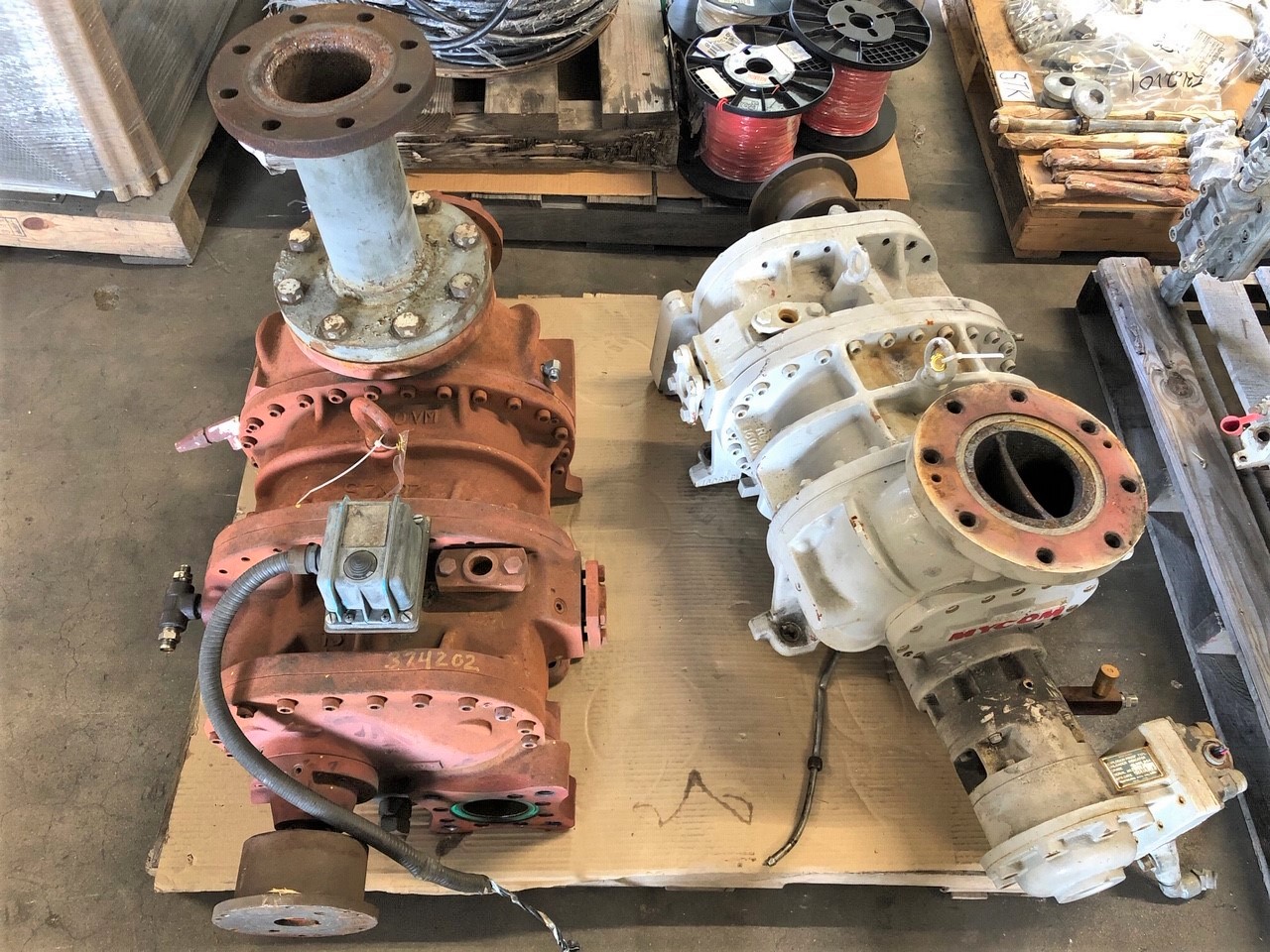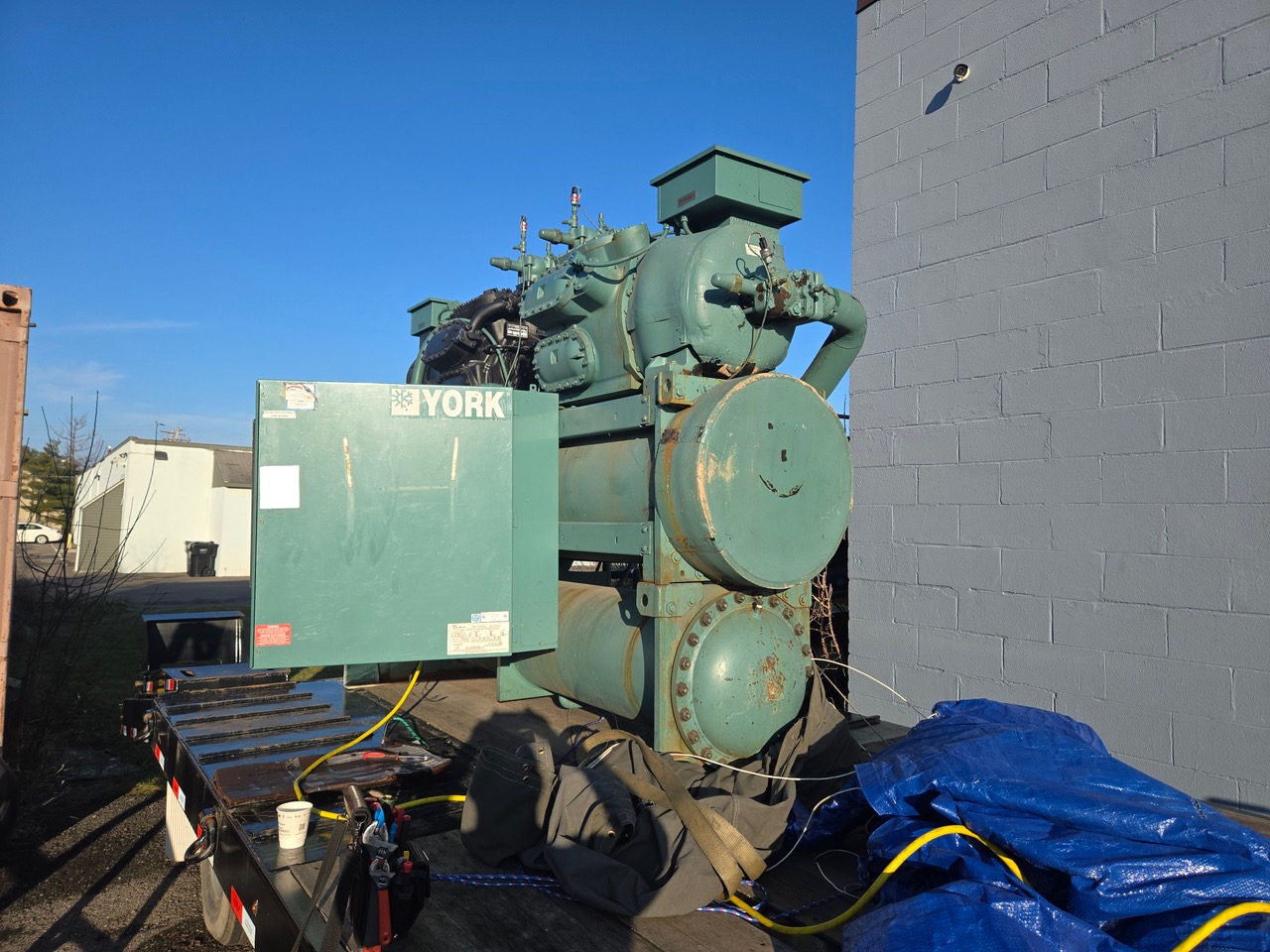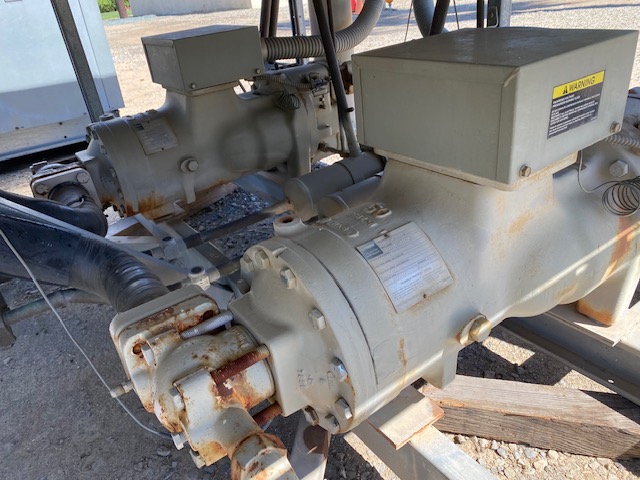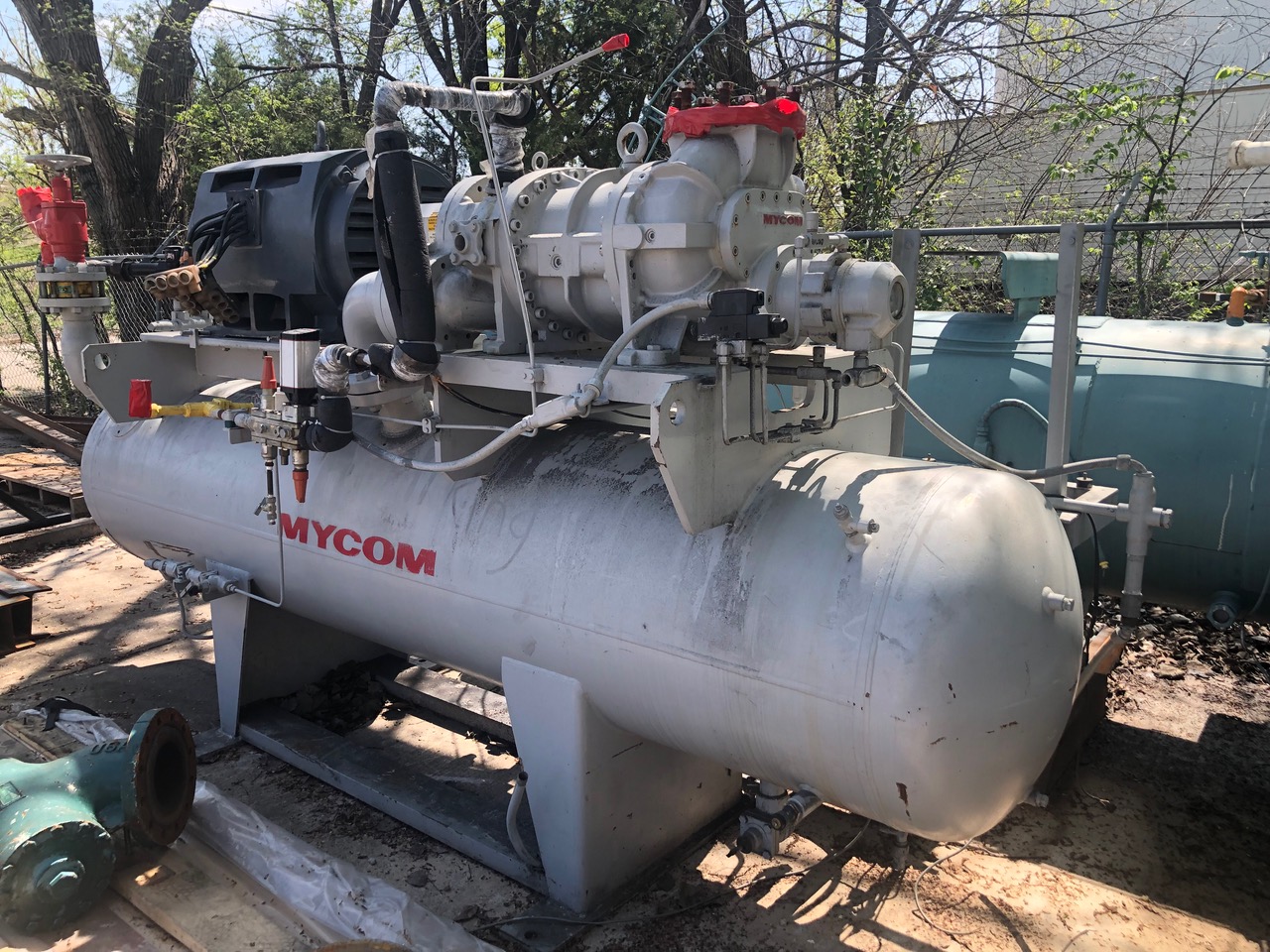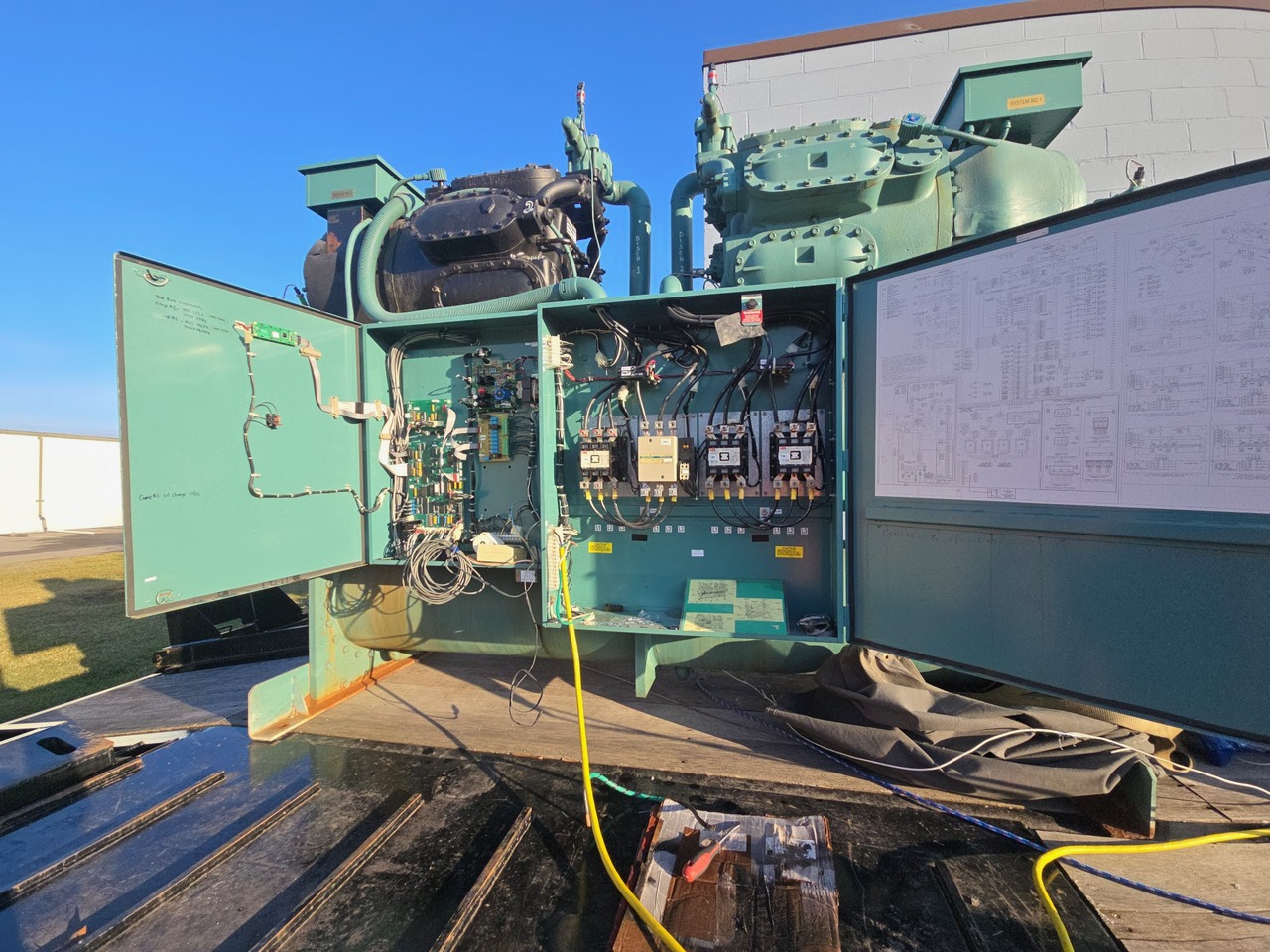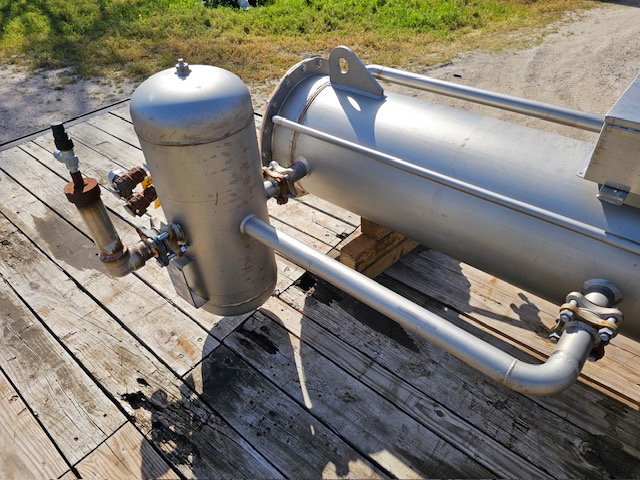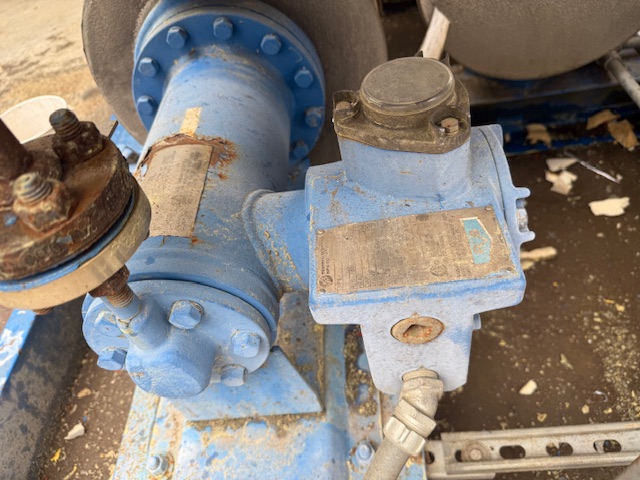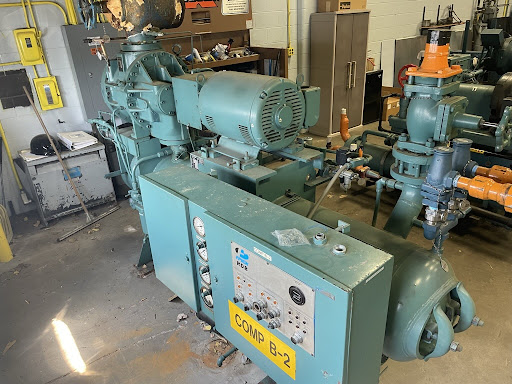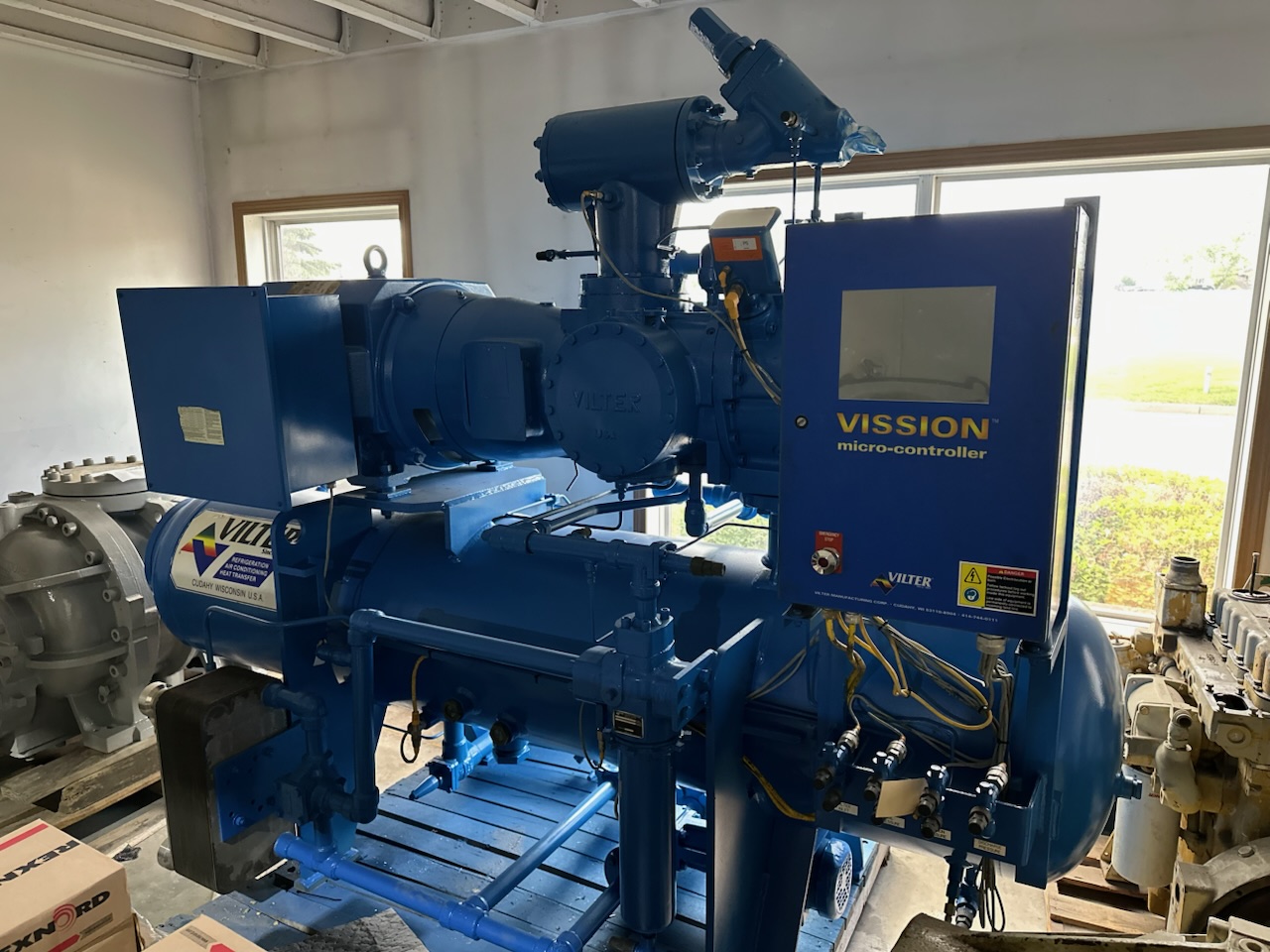
| Used Refrigeration Units are Ideal for Emergency Replacement |
Picture this: It’s a beautiful Tuesday morning. You’ve just finished your first coffee, and you’re ready to tackle the day. Suddenly, a panicked employee appears at your door. Their face is pale. Their eyes are wide. You don’t need to be told what’s wrong; you can hear it. Or, more terrifyingly, you can’t hear it. The familiar hum of your compressor is gone, replaced by a sinister silence. Your walk-in cooler is warming up, and thousands of dollars in inventory are starting to sweat.
Cue the internal scream.
This is the moment every facility manager dreads—the emergency breakdown. Your first thought is likely, “I need a new unit, and I need it yesterday!” But then reality hits: the lead time for a brand-new system can feel like an eternity, and the cost is enough to make your wallet spontaneously combust.
But what if we told you there’s a hero in this story? It’s not wearing a cape, but it might arrive on a truck the very same day. That hero is a high-quality, professionally refurbished used refrigeration unit.
Why “Used” Doesn’t Mean “Compromised” in an Emergency
The word “used” often gets a bad rap. It conjures images of sketchy online listings and products that are one plug-in away from total failure. But in the commercial refrigeration world, “used” means something entirely different. It means “proven.”
Think of it like this: a brand-new unit is a rookie with a lot of potential. A fully reconditioned used unit from a reputable supplier is a seasoned veteran. It’s already done its time on the front lines and has been brought back to peak condition by experts who know every nut, bolt, and refrigerant line. It’s been there, done that, and got the T-shirt to prove it.
When your back is against the wall, you don’t want potential; you want a proven track record of reliability. That’s exactly what a tested used unit provides.
The Two Superpowers of Used Equipment in a Crisis
When disaster strikes, you need two things above all else: speed and certainty. This is where the right supplier turns a used unit into a total day-saver.
1. Same-Day Shipping: Your Panic Button
We know that in a refrigeration emergency, every minute counts. That’s why we offer same-day shipping options on a wide range of in-stock equipment. While a new unit might have a lead time of weeks or even months, a solution for your critical situation could literally be on a truck heading your way before the end of the business day. This isn’t a fantasy; it’s a standard service we provide to get you back online with minimal downtime. Your inventory (and your sanity) will thank you.
2. Tested & Guaranteed: No More Gambles
The last thing you need during an emergency installation is another emergency. Buying a used unit from some random online classified ad is a massive gamble. You have no idea what you’re getting.
Our process eliminates the guesswork. Every single unit in our inventory is rigorously tested, cleaned, and inspected by our team of expert technicians. We don’t just make sure it turns on; we ensure it performs to its original specifications. This means you get a hassle-free installation. Your techs can plug it in with confidence, knowing it’s going to work exactly as it should. It’s the quick, reliable fix you need without the “will it work?” anxiety.
Your Emergency Game Plan: Stop Panicking, Start Clicking
So, the next time that dreaded silence falls over your compressor room, don’t despair. Take a deep breath and follow this simple plan:
- Don’t Panic. (Easier said than done, but try!)
- Head to our online shop. We’ve built a comprehensive, easy-to-navigate inventory so you can quickly find the exact unit you need to get back up and running.
- Call or Email Us. See a unit that fits? Contact us immediately! Our team is ready to confirm availability, arrange same-day shipping, and get you a solution faster than you thought possible.
👉 Check out our website
Turn Your Old Emergency Into Someone Else’s Solution
Once the dust has settled and your new (to you) unit is humming along perfectly, what do you do with the old clunker that started all this trouble? Don’t just scrap it! We’re always on the lookout for quality equipment to add to our inventory. We’ll offer you a fair price and handle the heavy lifting.
👉 Learn how to sell your old unit to us here:
An equipment failure doesn’t have to be a catastrophe. With the right partner, it’s just a temporary hiccup. Let us help you save the day.

Refrigeration Equipment Professionals (REP) is a trusted supplier of industrial refrigeration systems and surplus/used equipment, offering compressors, chillers, condensers, evaporators, ice machines, freezers, coolers, pumps, motors, complete plants, and services like purchasing, refurbishing, shipping, export crating, and storage/consignment support. With 25+ years of experience and clients across North America, Latin America, the Middle East, and Asia, we deliver reliable, cost-effective refrigeration solutions worldwide.

